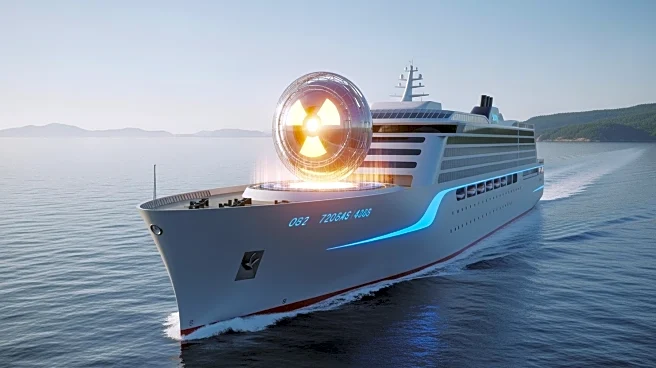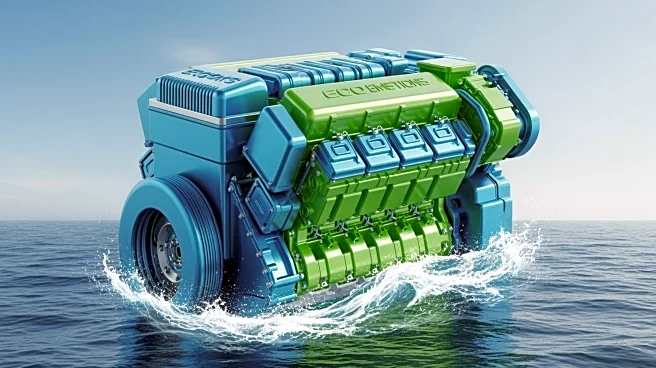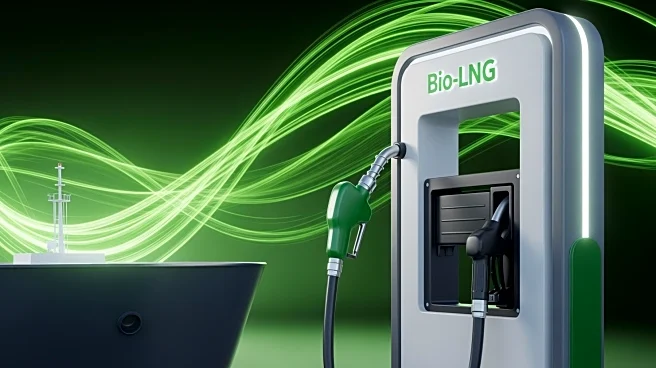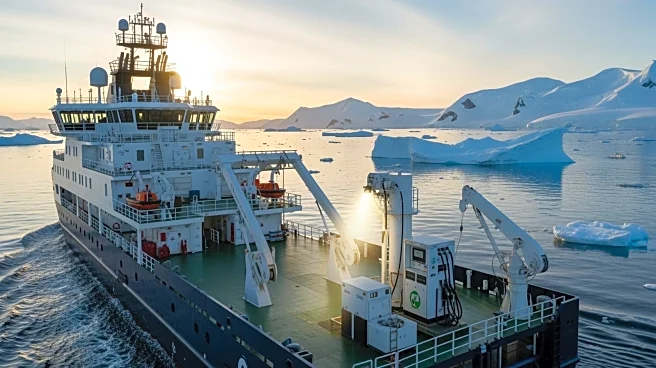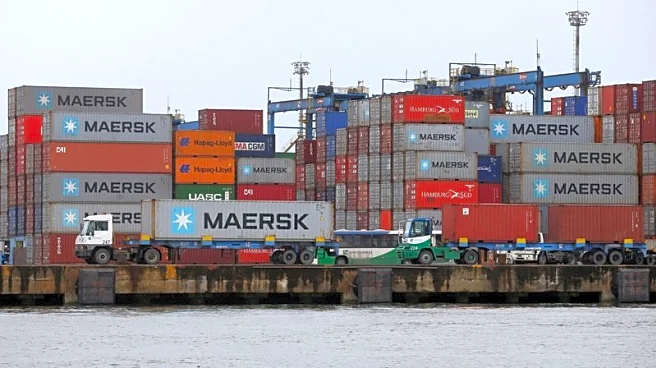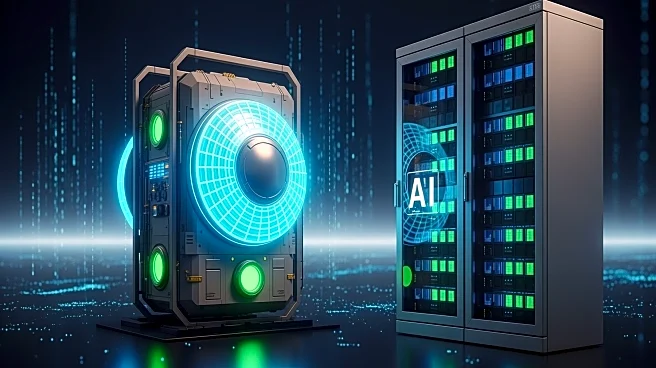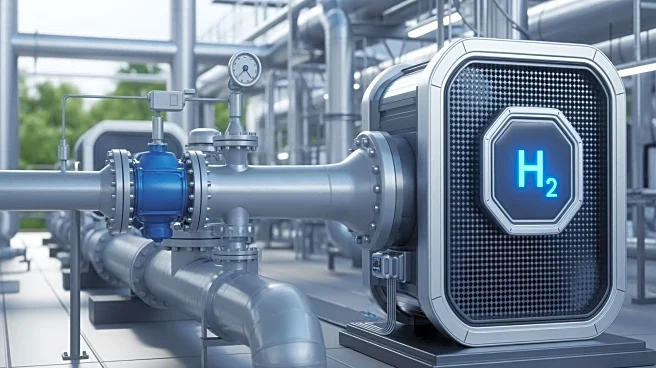What's Happening?
DNV has released a report examining the potential of nuclear propulsion as a means to decarbonize the shipping industry. The report, titled 'Maritime Nuclear Propulsion: Technologies, Commercial Viability,
and Regulatory Challenges,' highlights the differences between maritime nuclear technologies and land-based reactors. It emphasizes the need for a harmonized regulatory framework to ensure the safe use of nuclear propulsion at sea. The report also discusses the technological, regulatory, and commercial factors that must be addressed to make nuclear-powered ships viable. Advances in automation, digitalization, and modular design are identified as key enablers for the safe and secure use of nuclear technology in shipping.
Why It's Important?
As the shipping industry faces increasing pressure to reduce carbon emissions, nuclear propulsion offers a potential long-term solution. The adoption of nuclear-powered ships could significantly lower the industry's carbon footprint, contributing to global decarbonization efforts. However, the transition to nuclear propulsion requires overcoming significant technical, regulatory, and societal challenges. A predictable regulatory framework and cost-effective business models are essential for the commercial viability of nuclear-powered ships. The success of this initiative could set a precedent for other industries seeking sustainable energy solutions.
Beyond the Headlines
The shift towards nuclear-powered ships could have broader implications for global energy policies and maritime regulations. It may prompt a reevaluation of nuclear energy's role in achieving net-zero emissions across various sectors. Public perception and acceptance of nuclear technology will play a crucial role in its adoption. The development of standardized reactor designs and robust supply chains will be critical in gaining investor confidence and ensuring long-term competitiveness. This initiative could also influence international maritime law and cooperation among countries in regulating nuclear propulsion.
